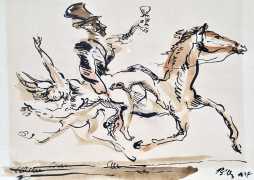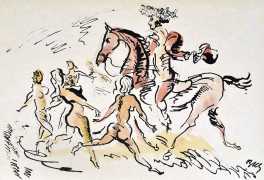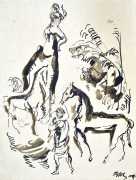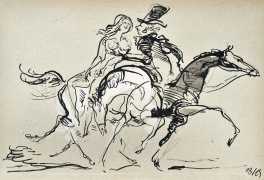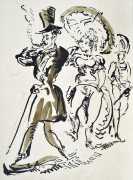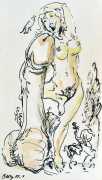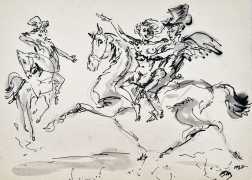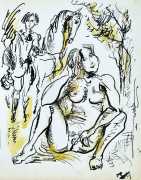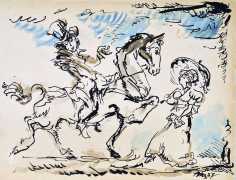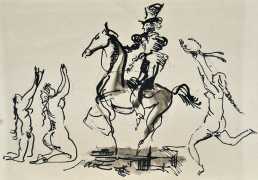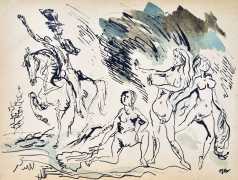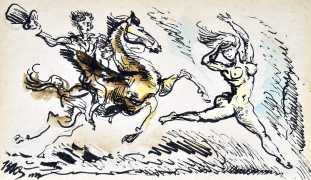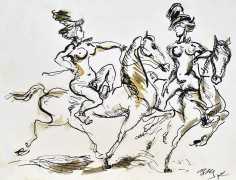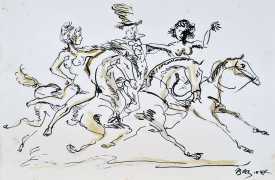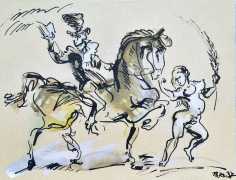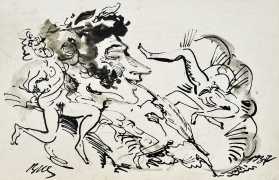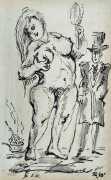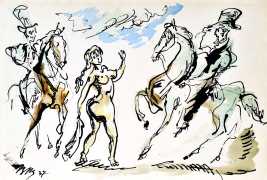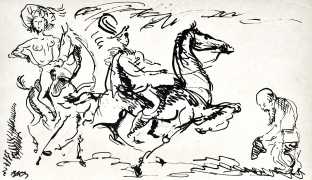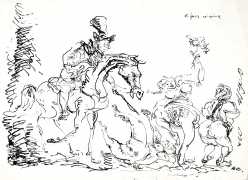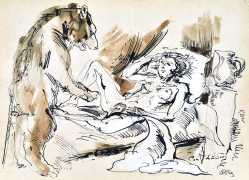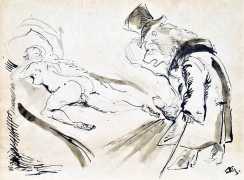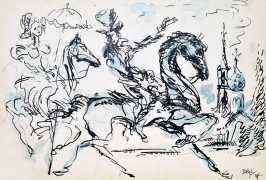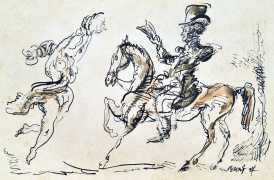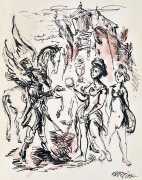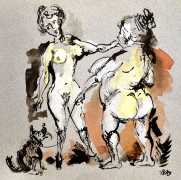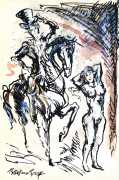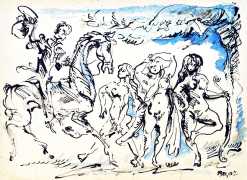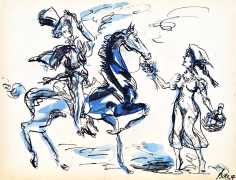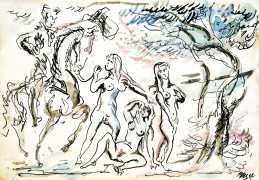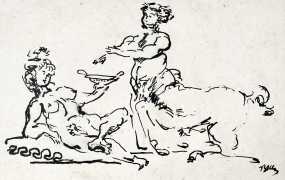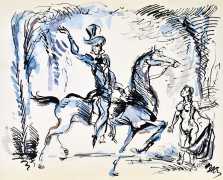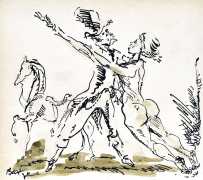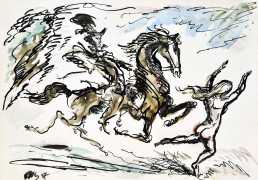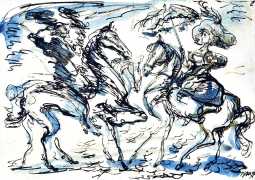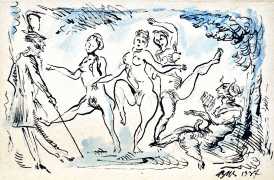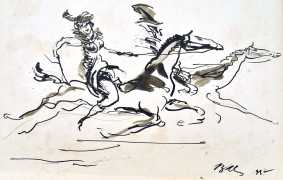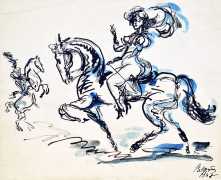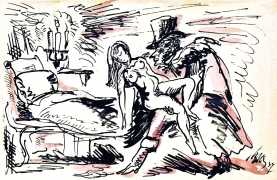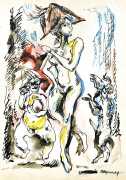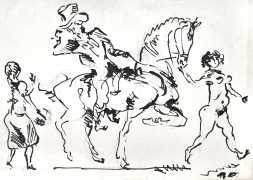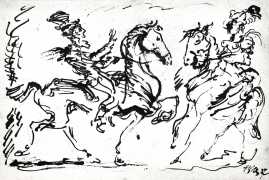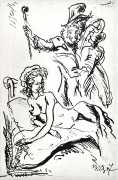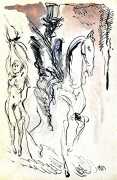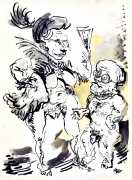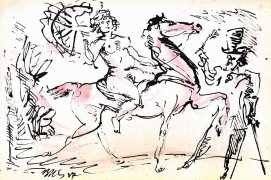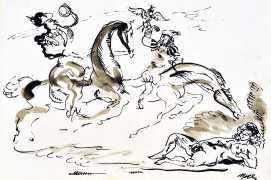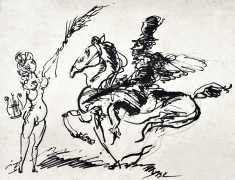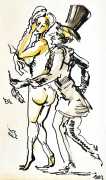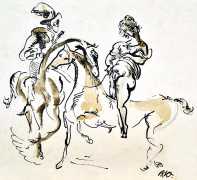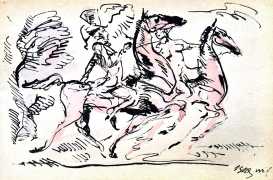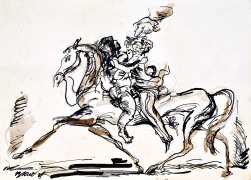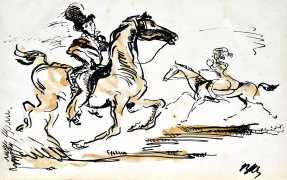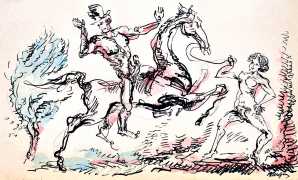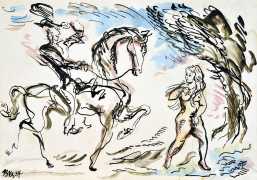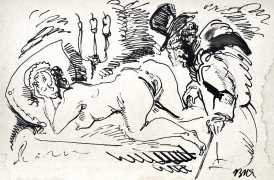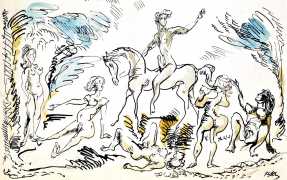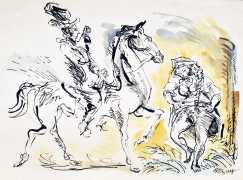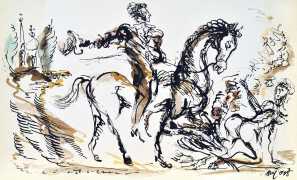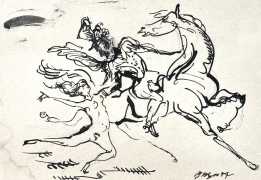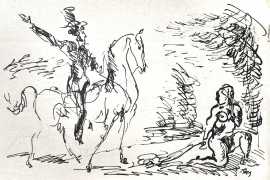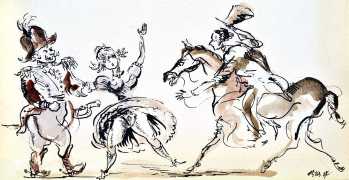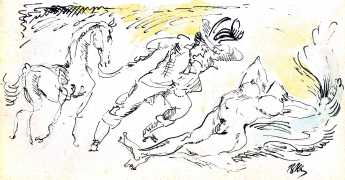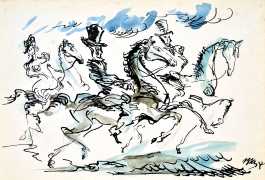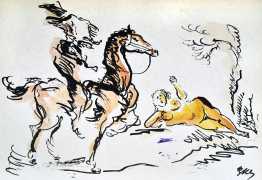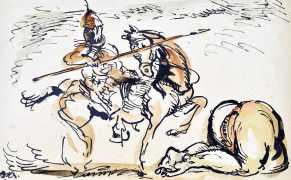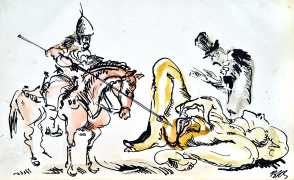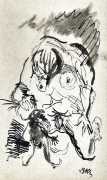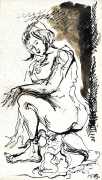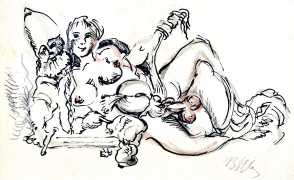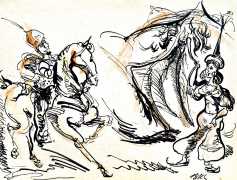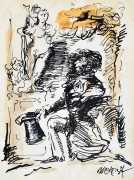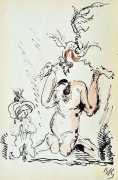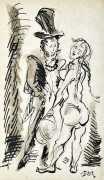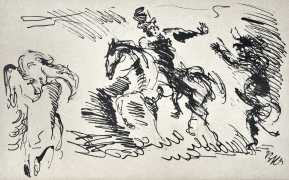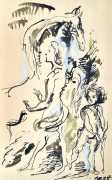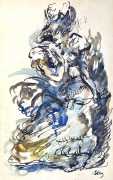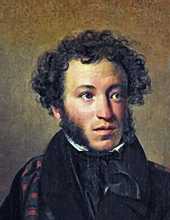
Alexander Pushkin (1799–1837), poet, playwright and novelist, is considered by many to be the greatest of all Russian poets, and the founder of modern Russian literature. As the centenary of his death approached, many plans were laid for appropriate celebrations both public and private. Coinciding as it did with the worst of Stalin’s purges, it was correctly assumed by many radicals that the official efforts around the centenary, including a public holiday, were a deliberate distraction, and it was no accident that someone started a bitter but well-aimed joke that Pushkin had become a member of the Politburo.
By this time Valentin Yustitsky, like a considerable proportion of the creative intelligentsia, had finally parted with the totalitarian regime, bitterly disappointed with its false promises and harsh punishments. As far as the official Pushkin celebrations were concerned, Yustitsky recognised that nothing could be further from the libertarian ideas Pushkin espoused in his work. For Valentin Yustitsky, recognising the deep affinity of their artistic natures, the Pushkin centenary called for a joyous artistic interpretation of the poet’s best-known verses, and this is what he set out to do in an outpouring of ink and watercolour drawings.
As the art critic Efim Vodonos has written, ‘Here was a case of amazing emotional and spiritual affinity, with a bright talent and scope of creativity. In his Pushkin drawings Yustitsy succeeded not so much in an accurate reading of this or that text, as in interpreting Pushkin’s emotional structure. They are related by the unrestrained striving for personal and creative freedom during periods of autocratic totalitarian power.’ And, like Pushkin, Yustitsky revelled in sensual exploration, agreeing with the poet that ‘It is better to have dreamed a thousand dreams that never were than never to have dreamed at all.’
It is hard to say what the artist hoped for when he started the most extensive cycle of Pushkinian art ever produced. Yustitsky created hundreds of drawings, now scattered over several collections, which destroyed the integrity of the project as he might have conceived it. There is no certainty that everything that was created by him is now accessible, and maybe not everything has survived. The drawings we show here come from the Morozov Collection, housed in a gallery in the small town of Ust-Kurdyum, near Saratov; the whole collection, together with relevant commentary (in Russian) can be found here.


